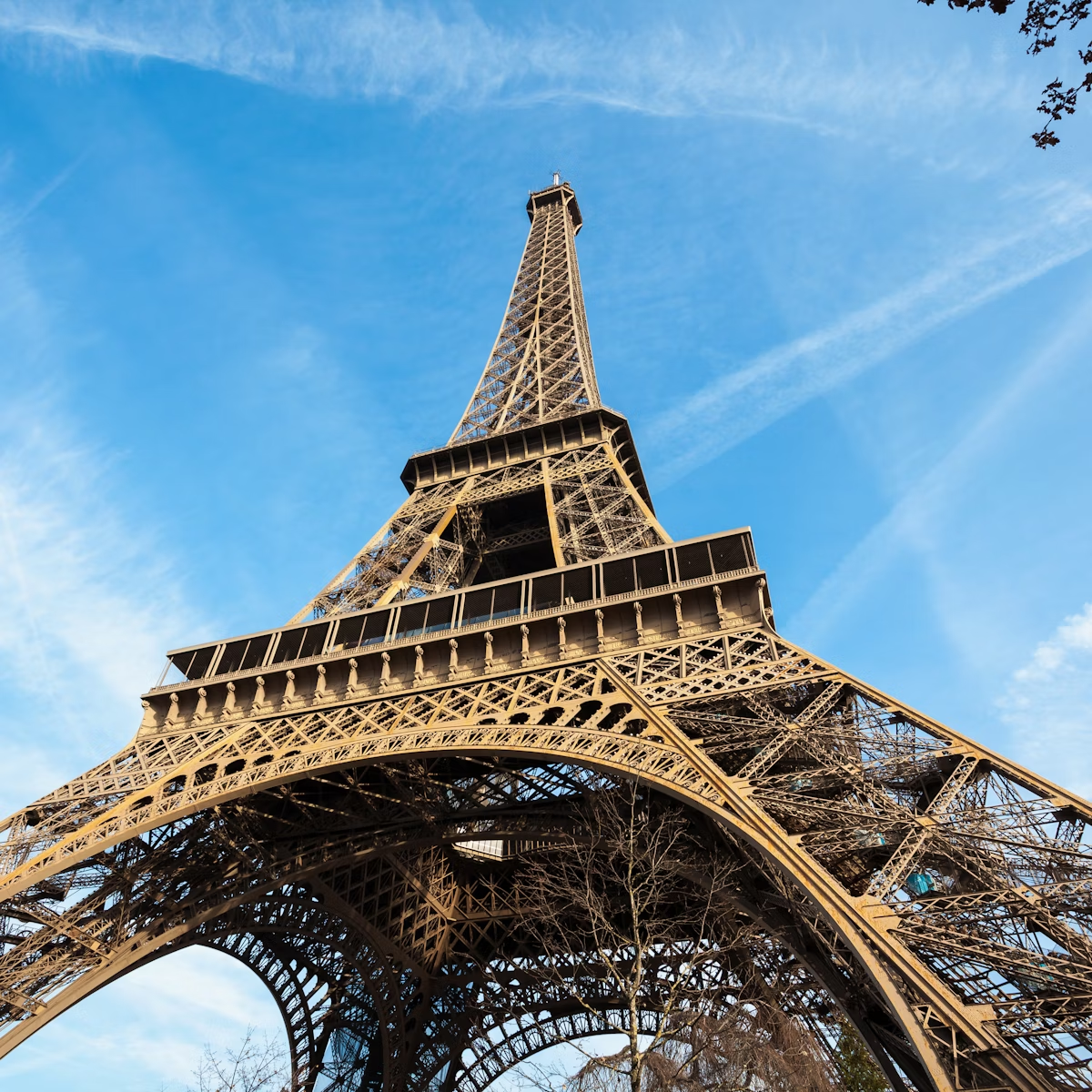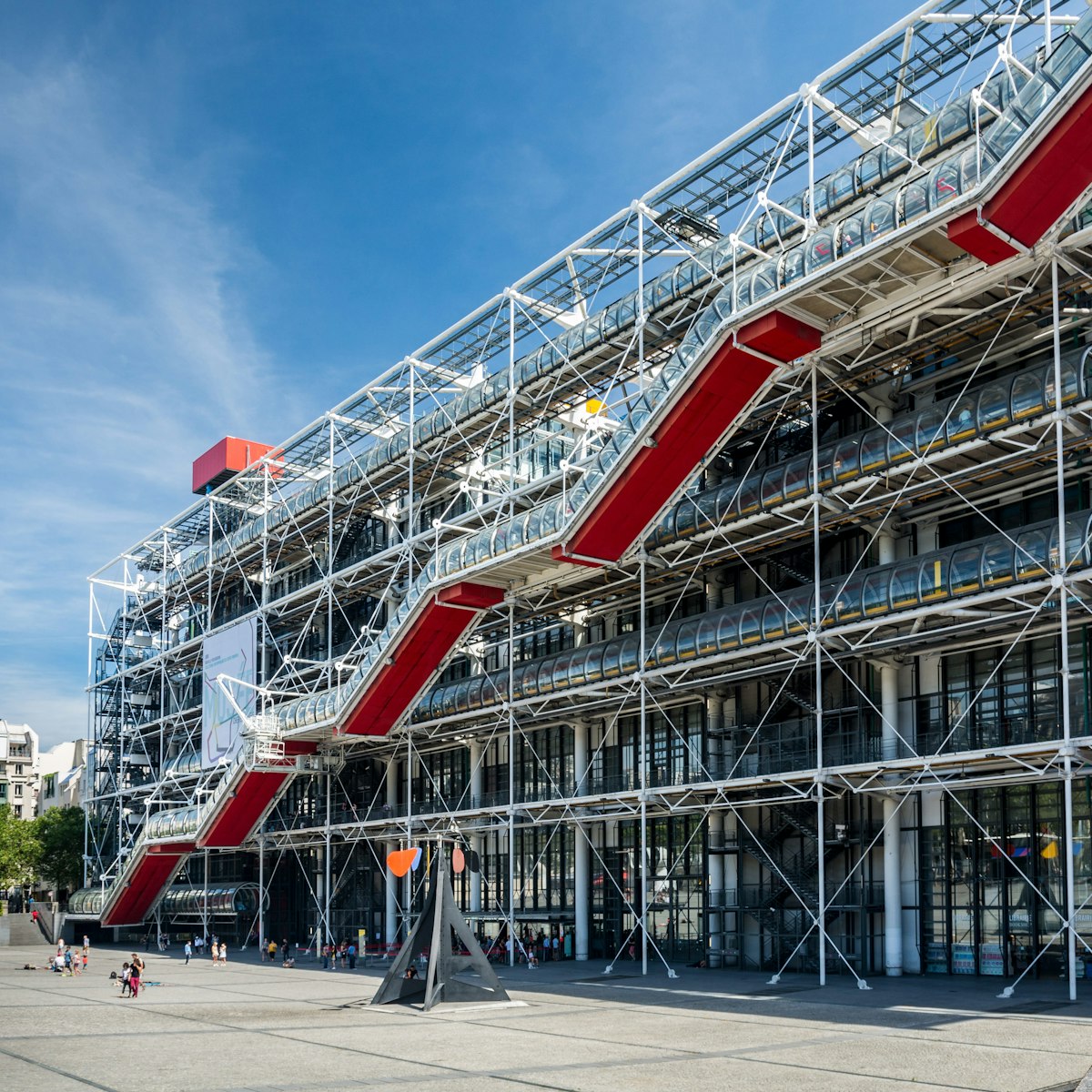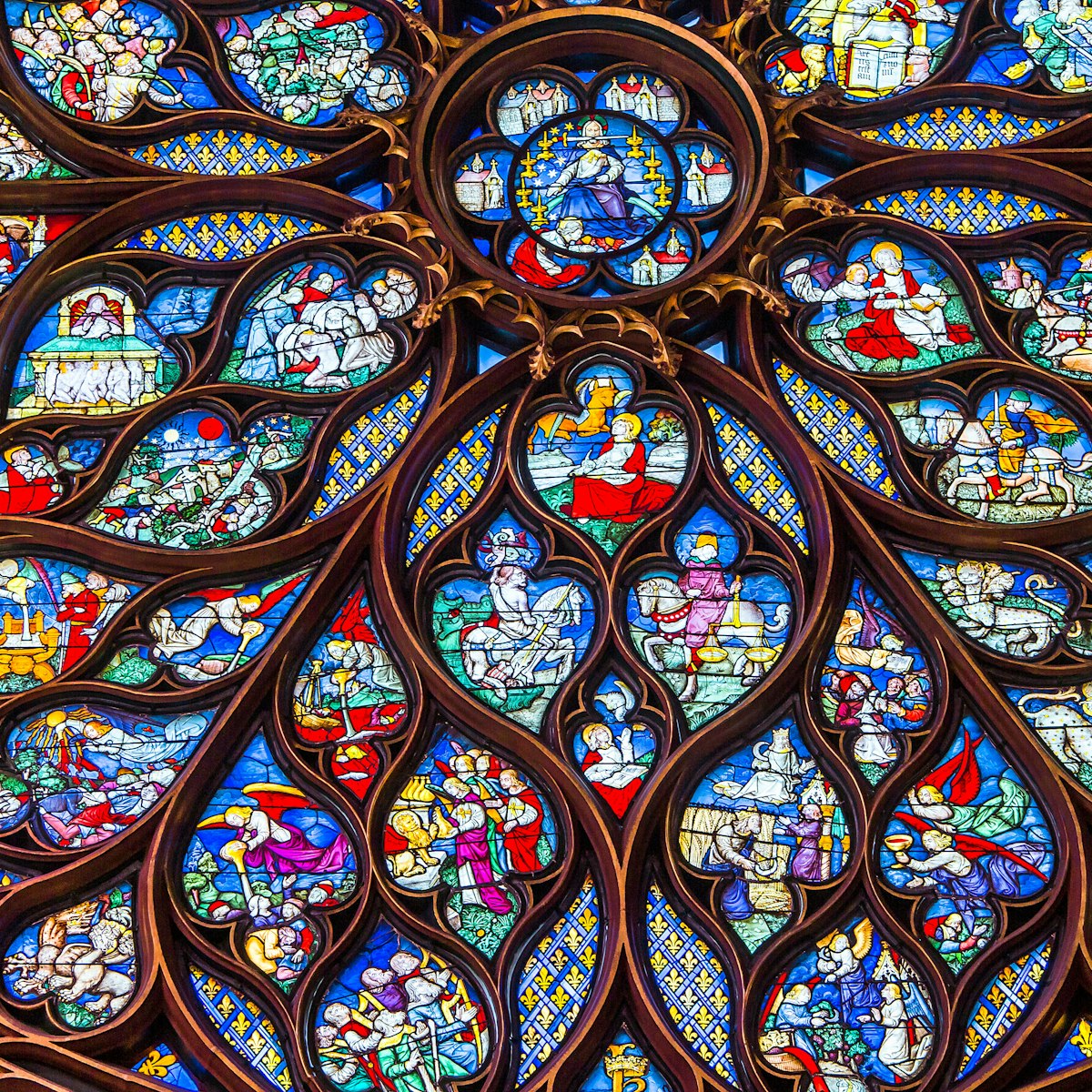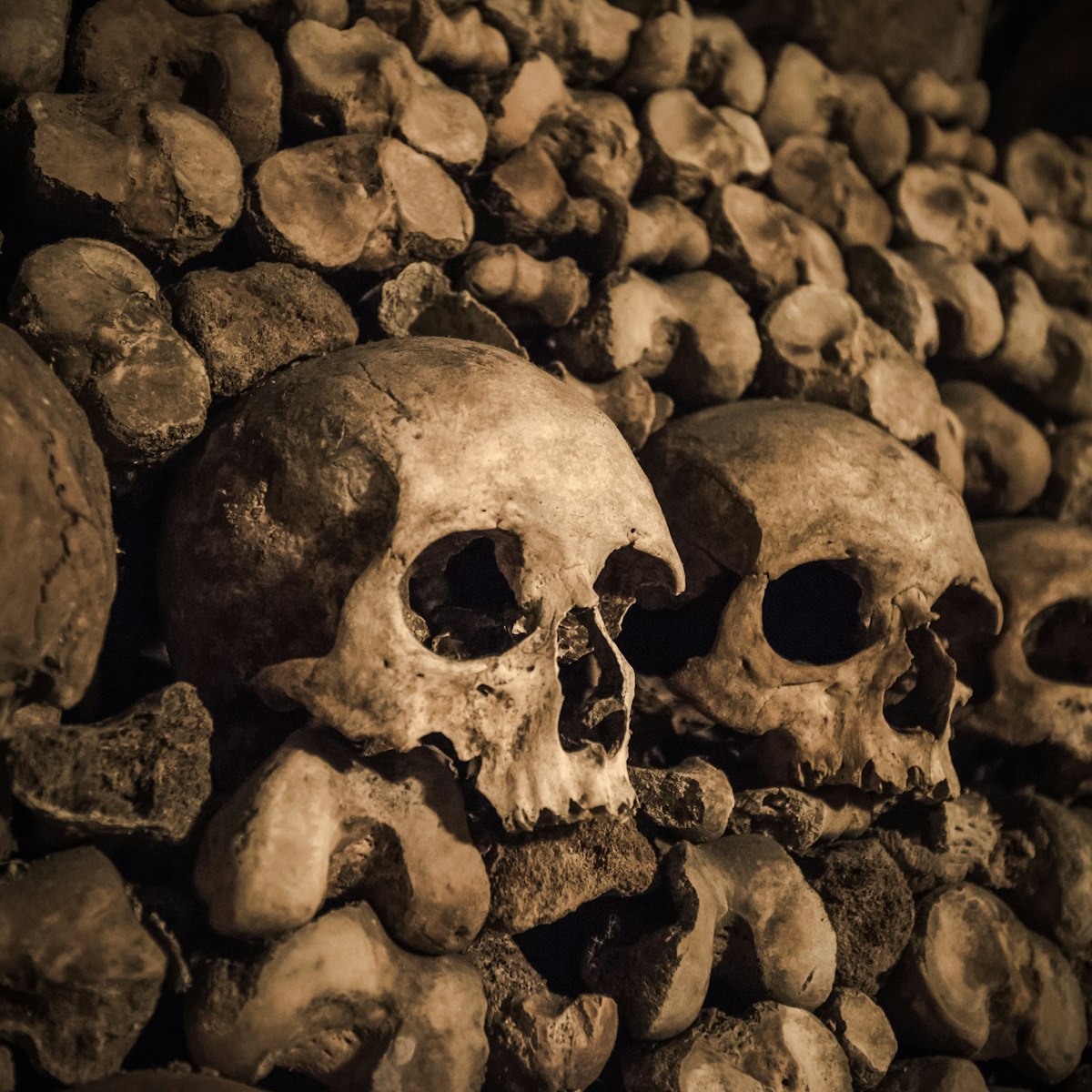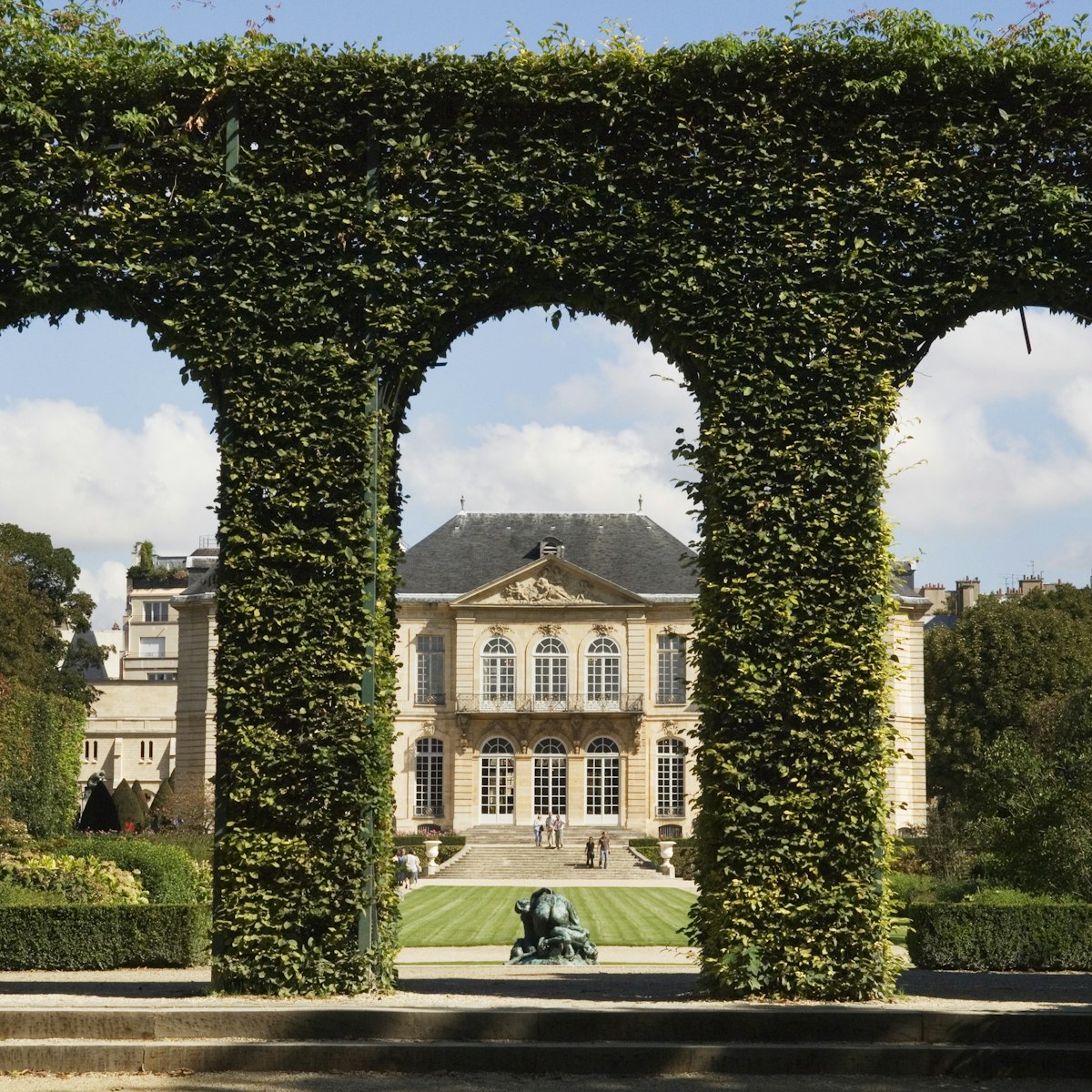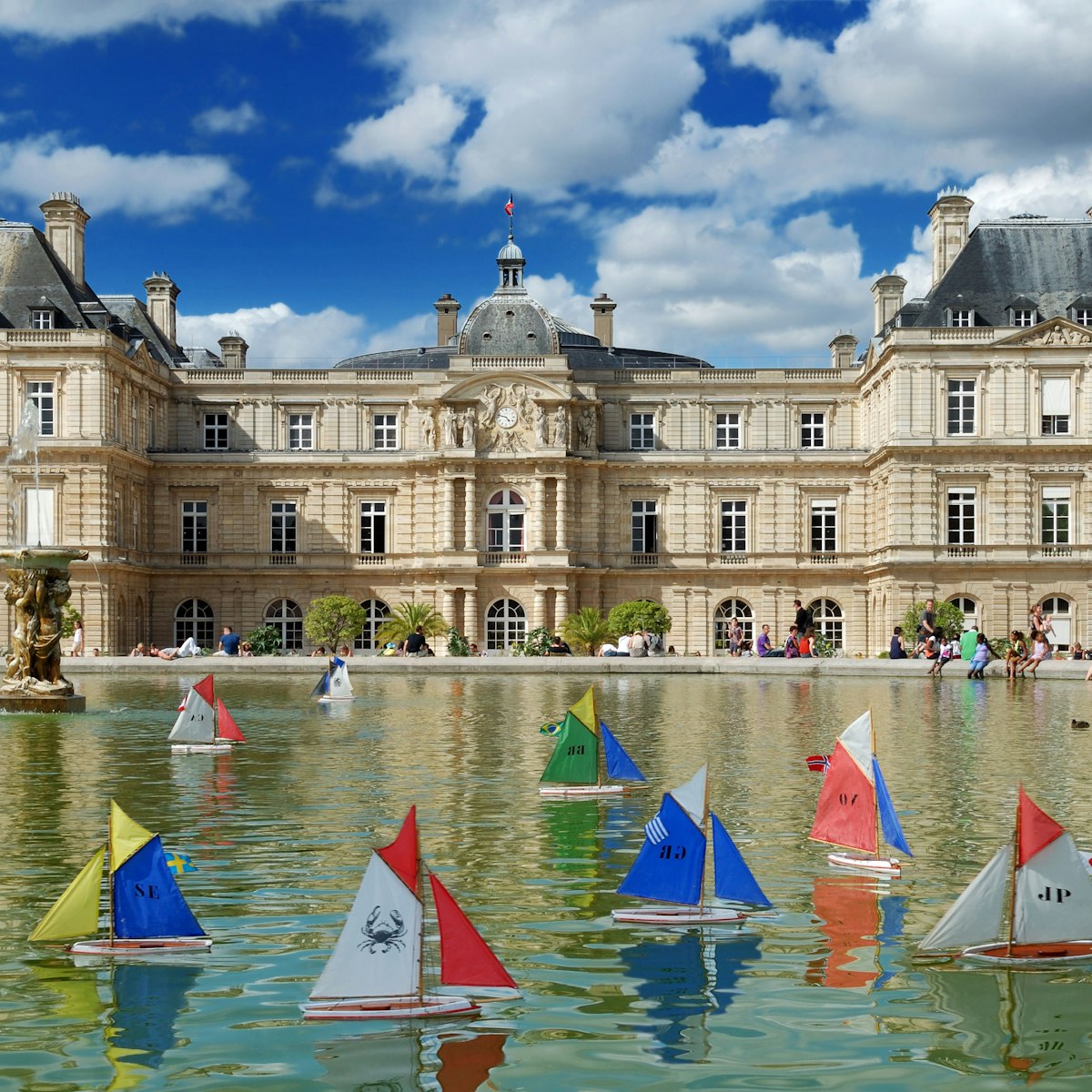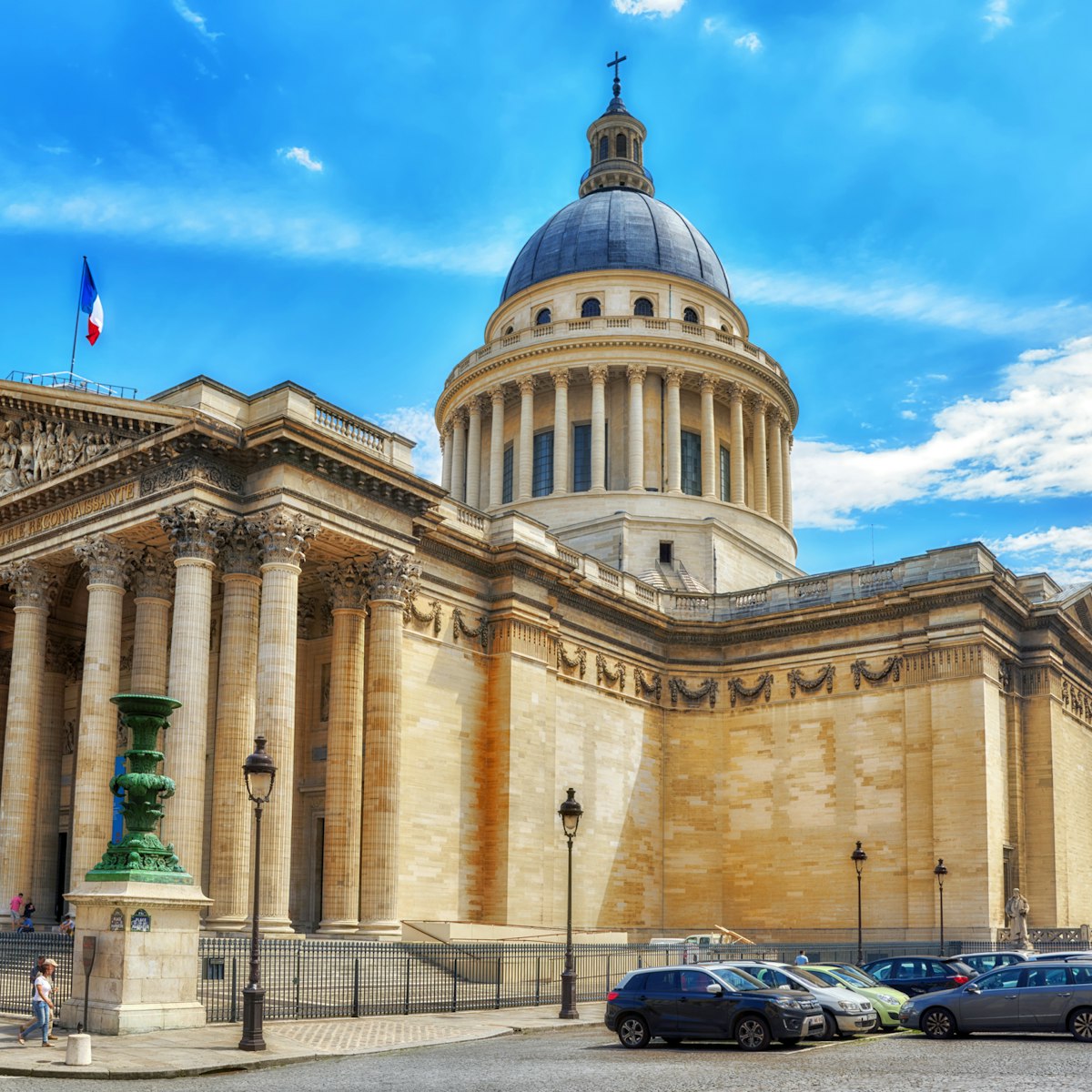One of the city's grandest remnants of pre-Revolution Paris, Chapelle de la Val-de-Grâce was built in 1645 to celebrate the birth of Anne of Austria and King Louis XIII's first son after 23 years of childless marriage. After the revolution, in 1795, the royal abbey became a military hospital. A small museum in the original abbey cloister, the Musée du Service de Santé des Armées, explores its work; this is the only section open to the public.
Once a month music concerts are held in the chapel (October to June); check the website for schedules.
